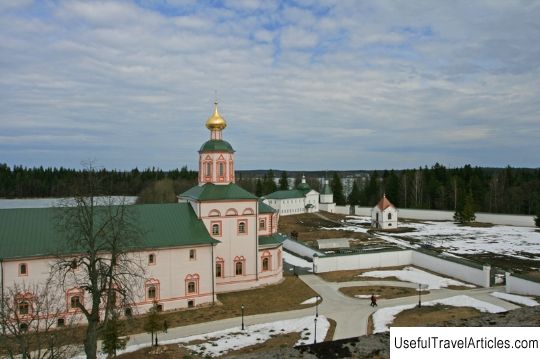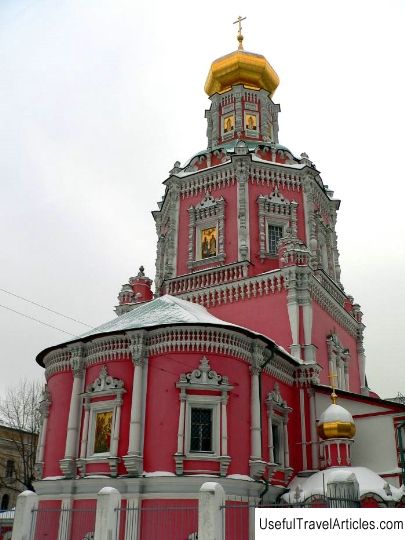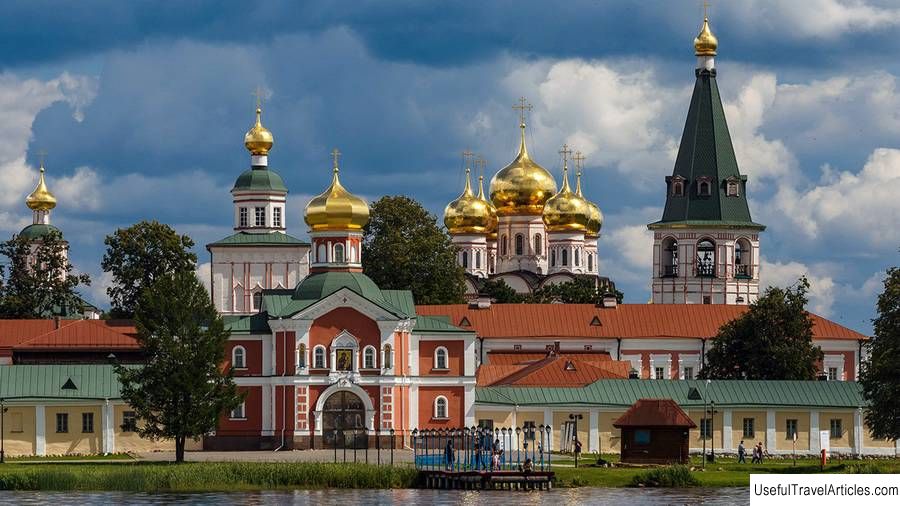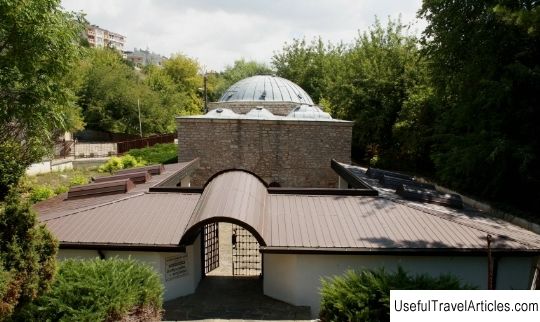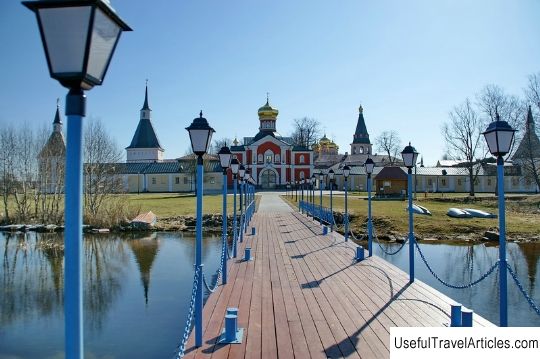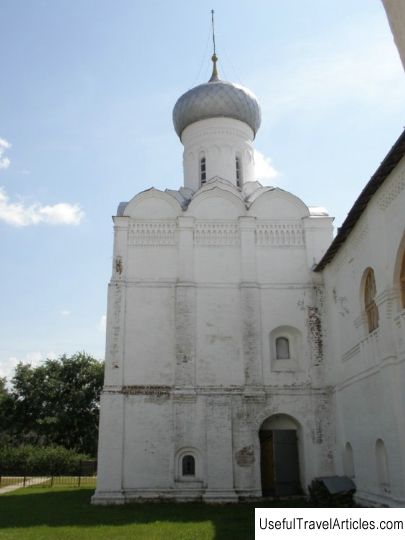Cathedral of the Epiphany of the Lord Iversky Monastery description and photos - Russia - North-West: Valdai
Rating: 7,9/10 (870 votes) The Epiphany Cathedral of the Iversky Monastery description and photos - Russia - North-West: Valdai. Detailed information about the attraction. Description, photos and a map showing the nearest significant objects. Photo and descriptionThe Epiphany Church with a refectory is one of the largest and most interesting constructions of the architectural complex of the Iversky Monastery. Presumably, the church, like the refectory, was built in 1666-1669. The modest decoration of this church favorably sets off the severity of the temple facades. Platbands of thin columns and small simplified kokoshniks frame the lower windows. Small profiled window frames adorn the overhead windows. The refectory building is striking in its grandeur. This is a two-storey structure, the first of which was occupied by various storage facilities on the semi-basement level, and the second floor was set aside for an extensive refectory, kitchen and utility rooms. The refectory is presented in the form of an extensive one-pillar chamber, which is covered with a vaulted formwork over the door and window openings. Arched aisles connect the dining room with the Epiphany Church. Before major reconstructions, the dining room also communicated with the second large hall located on the north side. Just like the Assumption Cathedral, the refectory of the monastery was rebuilt by the stone craftsman Averky Mokeev, a native of Kalyazin. Averky began construction in May 1657. After a year, the construction was fully completed. Continuing the architectural tradition of the 16th century, Averky preserved the traditional scheme of the construction of the refectory, which united three premises: the church, the refectory hall and the cellar chamber. The room was completely consecrated by the windows. On the east side, a church joins the refectory, shifted to the north along the axis. On the west side of the refectory hall there is a utility room and a large vestibule. The refectory was built on the basement. The decoration of the facades of the refectory is represented by the laconicism of forms, which is traditional for Nikon's buildings, however, it is opposed to the western and southern porches. The west porch has access to the second floor. The porch on the south side - with octahedral pillars supporting the hipped roof. The construction of this grandiose building required a huge effort of human forces and the availability of hefty funds. With incredible difficulty, stocks of materials for construction, especially lime and bricks, were procured and delivered to the island, which were used for this building. In 1668-1669. the northern part was attached to the refectory, including bread, a brewery, and utility rooms. All these and other buildings of the 70s-80s. 17th century were executed by Athanasius Fomin, a stone craftsman. The architecture and decoration of the refectory are made in the northern architectural traditions: the volume of the church is tower-like and consists of an architectural composition - a combination of a four and an octagon. Initially, the temple had a gable end, but in the middle of the 18th century it was replaced by a wide upper attic part. However, in the 18th century, the refectory underwent a significant alteration. The main premises were radically rebuilt. Most of the refectory rooms on the north side were dismantled. Of these, there was a porch from the west, a basement where a smithy was located in the 19th century, as well as a narrow corridor on the second floor, through which communication with kitchen services was realized. Probably, with the aim of placing another altar in the church above the lower apse, another, smaller apse was erected.       We also recommend reading Pskovo-Pechersky monastery description and photos - Russia - North-West: Pechory Topic: Cathedral of the Epiphany of the Lord Iversky Monastery description and photos - Russia - North-West: Valdai. |
